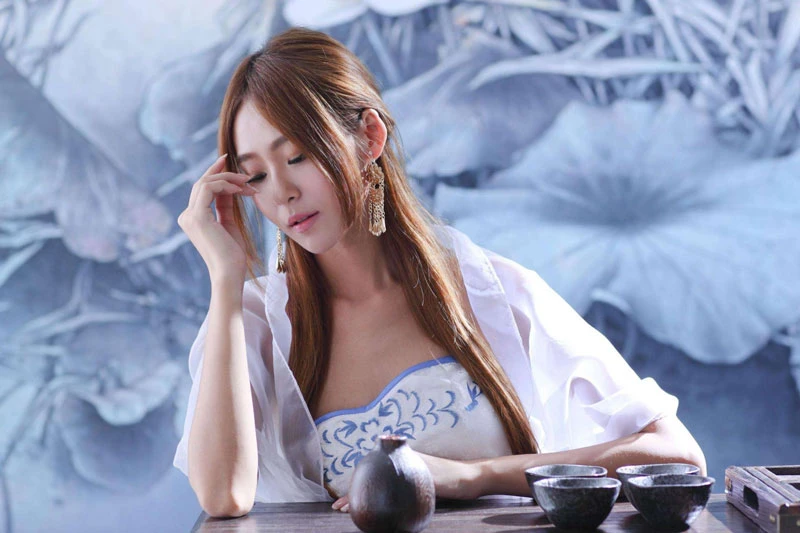Hanfu, the traditional clothing of the Han Chinese, was worn by people in China for thousands of years. However, in the early 20th century, Hanfu was outlawed and replaced by Western-style clothing. There are several reasons why this drastic change in fashion occurred.
When Did Hanfu Get Banned?
When was Hanfu outlawed? The Qing dynasty was the last imperial dynasty to rule China, from 1644 to 1912. During this time, Hanfu continued to be worn by most Han Chinese people. However, in the mid to late 1800s, some members of the upper class started adopting Western clothing.
In 1912, the Qing dynasty fell and the Republic of China was established. The Republican government aimed to modernize China. As part of this drive to modernize, the new government implemented policies to phase out traditional Hanfu in favor of Western-style dress. This marked the official end of Hanfu as everyday wear.
Reasons for Banning Hanfu
Why did people stop wearing Hanfu? There were several driving factors behind China’s decision to outlaw Hanfu:
- A rejection of traditions from the “old” imperial era. The new government wanted to break from the past and move towards a modern nation-state. Getting rid of the quintessentially “Chinese” Hanfu was part of stripping away imperial traditions.
- Admiration of the West. Many Chinese intellectuals and reformers saw Western culture as more progressive and advanced. Wearing Western clothes like suits and dresses was seen as fashionable and a sign of modernity.
- National pride and pragmatism. Some reformers thought traditional Hanfu was hampering China’s ability to develop a strong economy and military. They wanted clothing that was efficient and easy to work in.
- Xenophobia and the Manchus. Hanfu was associated with not just the previous Qing dynasty, but also the Manchus who conquered China. Wiping out Hanfu was part of eliminating Manchu cultural influence.
- A unified national identity. Banning regional variations of Hanfu in favor of Western clothes was part of building a unified Chinese national identity under the new Republic.
The Decline of Hanfu
In the following decades after 1929, Hanfu was steadily replaced by Western dress across Chinese society. By the mid 20th century, very few Chinese people wore Hanfu on a daily basis. Only some elderly rural people, members of minority groups, and people in remote mountain villages continued wearing traditional clothing.
By the time the People’s Republic of China was established in 1949, national Hanfu garments had become a rare sight across the country. They only survived in local regional variations, opera costumes, bridal wear, and certain formal ceremonies.
For several generations of Chinese people during the 20th century, Hanfu was seen as backward, old-fashioned clothing that had no place in a modern nation. It was associated with poverty and rural life. People were educated to disregard traditional Hanfu and embrace progressive Western culture and dress.
The Revival of Hanfu
In recent decades, however, Hanfu has been making a comeback in China. Since the turn of the 21st century, there has been a growing revival movement to bring back Hanfu as a celebration of traditional Chinese culture.
Enthusiasts have resurrected the tailoring techniques and styles of historical Hanfu. Reconstructed Hanfu outfits are now commonly seen at cultural festivals, photography shoots, weddings, Chinese New Year celebrations, and as performance costumes.
The hanfu revival movement is driven by Chinese youth who have rediscovered pride in their traditional culture and wish to celebrate their ethnic heritage. Although still not mainstream, Hanfu is becoming more visible and accepted in urban areas. While the traditional clothing was outlawed for nearly a century, the tide is now turning back.
This revival indicates that young Chinese increasingly identify with their traditional cultural roots. Hanfu’s return marks a shift away from regarding Western culture as superior, towards reviving native traditions—even if only in a symbolic way through dress and fashion. The phoenix of Hanfu has risen from the ashes, representing a broader resurgence of Chinese cultural identity.

